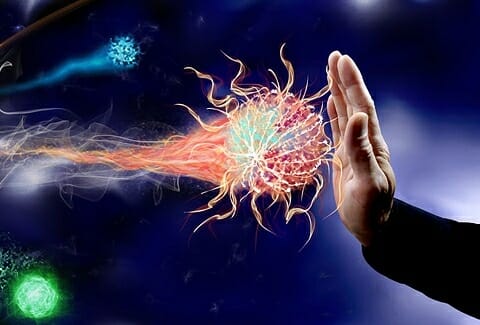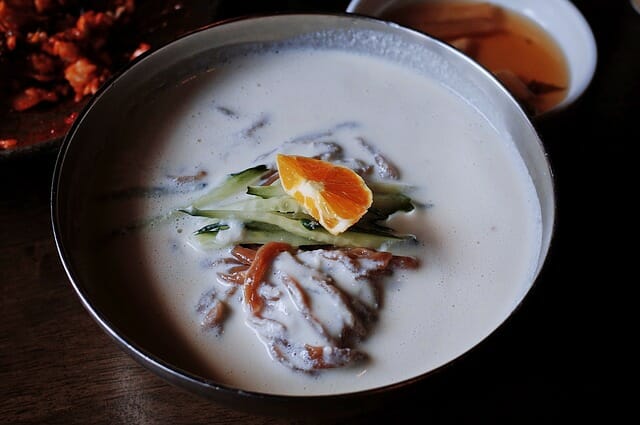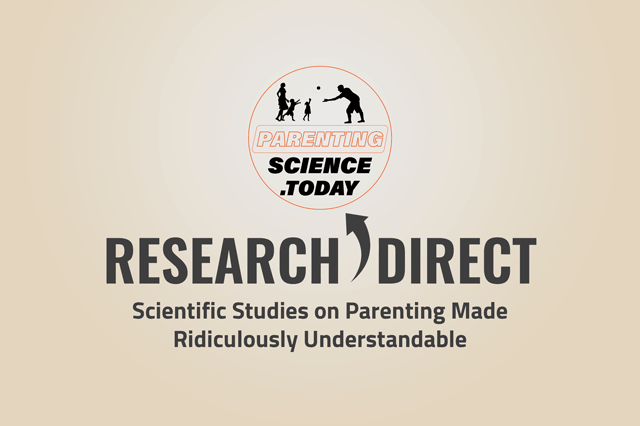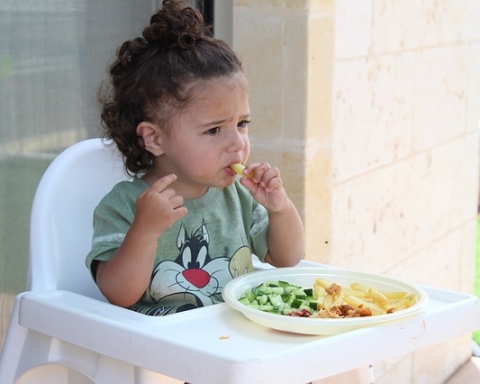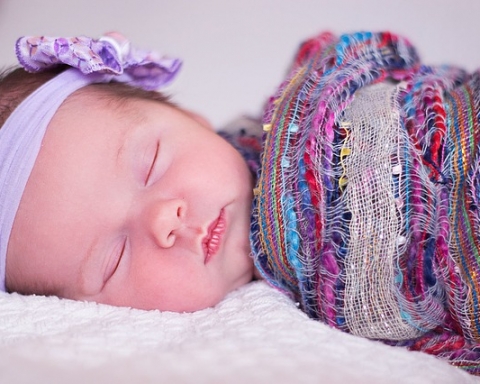Pain in the early stages of life is related to deep and permanent changes in babies’ brains. Despite this, many premature infants do not receive adequate treatment when they are subjected to potentially stressful or painful situations.
Stress induces instability in the autonomic control systems of the child, causing alterations in heart rate, respiration, and body temperature. It can also affect the sleep-wake cycle and even trigger episodes of apnea that can result in irreversible damage to the child’s health.
Pharmacological treatments, including opioids, are still the first choice for neonatal pain, but some nonpharmacological methods can be extremely useful, as shown in previous studies. Providing sugar to the newborn, breastfeeding, using a pacifier, giving breast milk with a bottle, and skin-to-skin contact are some examples.
In particular, Brazilian researchers analyzed the effectiveness of skin-to-skin contact as a treatment for neonatal pain in a study titled “The Effects of Skin-to-Skin Contact during Acute Pain in Preterm Newborns.” The study included a treatment group and a control group of stable premature newborns. Specifically, the researchers tested the efficacy of skin-to-skin contact in reducing acute pain reactivity during routine heel prick screenings. They believed that children who received skin-to-skin contact during this procedure suffered less pain and recovered more quickly.
How Did They Conduct the Study?
The researchers observed a group of premature infants with a gestational age between thirty and thirty-seven weeks and a 6-point Apgar score at five minutes. (The Apgar score assesses the baby’s health at birth and considers heart rate, breathing rate, skin color, muscle tone, and reflexes.)
Sixty-two mothers were initially recruited, but three infants did not enter the study because two mothers declined participation and another mother was under treatment for tuberculosis. The remaining fifty-nine infants who met the inclusion criteria and whose parents agreed to participate were randomly assigned into two study groups: skin-to-skin or regular crib/incubator care. The infants in the treatment group received fifteen minutes of skin-to-skin contact before, during, and after the procedure.
In this study, infant pain reactivity was measured in terms of changes in facial expression, the sleep-wake cycle, infant crying, and heart rate. The Neonatal Facial Coding System (NFCS) was used because it is considered the most important behavioral indicator of infant pain.
How Do Preterm Babies Deal with Pain?
The baseline characteristics in both groups were similar except gender. There were more boys than girls in the treatment group but more girls than boys in the control group. Although all the babies in this study had experienced several painful procedures as part of their neonatal care, both groups did not statistically differ on the total number of invasive procedures.
Even though both groups showed a significant increase in mean NFCS scores from heel cleaning to puncture, there was a progressive decline in pain scores from puncture to recovery in the treatment group. The control group showed a decline in pain scores only after heel squeezing.
During heel prick and heel squeeze, crying was the most common sleep-wake state for both groups. Immediately after heel squeeze and during compression, twenty-nine babies in the treatment group were in a deep sleep, whereas nine infants in the control group were still crying.
Mean heart rate values were lower on average for the treatment-group infants than they were for the control-group infants, but there were no statistically significant differences in heart rate values between the groups.
In conclusion, the data from this study proves the value of skin-to-skin contact in relieving acute pain in stable preterm infants. Therefore, one of the primary roles of the mother is to help her frail preterm infant during intense events, such as pain.
Pain management in babies, especially if they are premature, should always be guided by a specialist doctor, so do not hesitate to consult a pediatrician.

